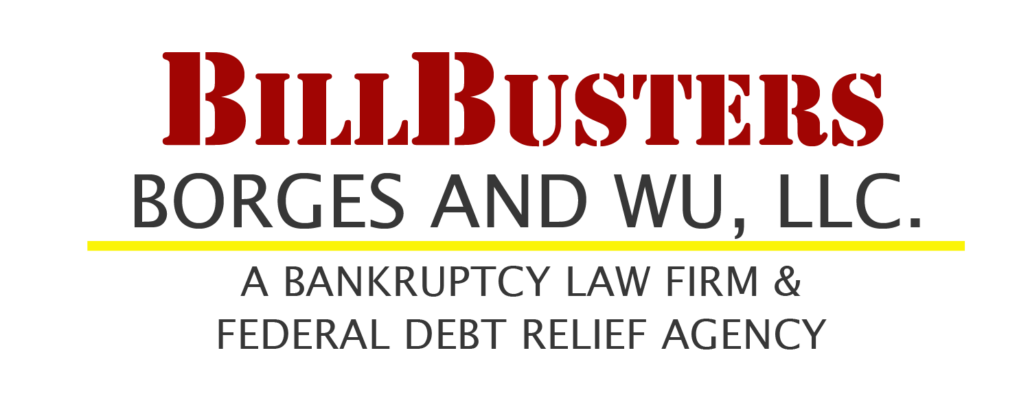According to U.S. Courts, you may be able to file for Chapter 7 bankruptcy if you meet the following conditions:
- You have not filed for bankruptcy within 180 days and had that bankruptcy thrown out because you did not show up to a court hearing or for any other reason.
- You have completed an approved credit counseling course within 180 days of filing for bankruptcy.
- You are not filing as a corporation or partnership.
In addition to these requirements, you must pass the state means test, which ensures that you make less money than the state median income level. If you make more money than the state median, your case may be shifted to a Chapter 13 bankruptcy. In some cases, the judge or trustee may make special arrangements if unique circumstances are involved.
Once you are considered eligible to file for Chapter 7, it is important that you submit your application and supporting documents while paying close attention to the deadlines. If for some reason you don’t qualify for Chapter 7, you do have other debt relief options, including Chapter 13 bankruptcy.
